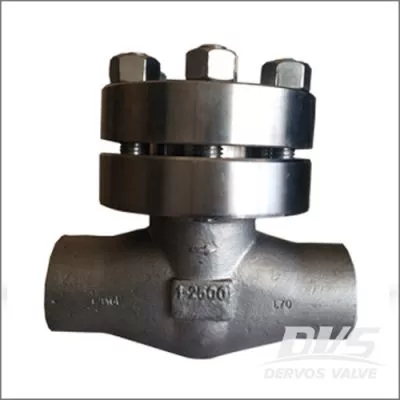Difference between common stainless steel 304, 304L, 316 and 316L
316 stainless steel has better corrosion resistance than 304 stainless steel and has good corrosion resistance in the production of pulp and paper. Moreover, 316 stainless steel is also resistant to erosion by marine and aggressive industrial atmospheres.
In general, 304 stainless steel and 316 stainless steel have little difference in chemical resistance, but differ in certain media.
The stainless steel originally developed was 304. In certain cases, this material is sensitive to pitting corrosion. An additional 2-3% increase in molybdenum reduces this sensitivity, which gives birth to 316. In addition, the additional molybdenum can also reduce the corrosion of certain hot organic acids.
316 stainless steel has almost become the standard material for the food and beverage industry. Due to the shortage of molybdenum in the world and the high nickel content in 316 stainless steel, the price of 316 stainless steel is higher than that of 304 stainless steel.
Pitting corrosion is a phenomenon mainly caused by deposition corrosion on stainless steel surfaces due to the lack of oxygen to form a chromium oxide protective layer.
Especially in small valves, the possibility of deposits on the valve plate is small, so pitting corrosion is rare.
In all types of aqueous media (distilled water, drinking water, river water, boiler water, sea water, etc.), 304 stainless steel and 316 stainless steel have almost the same corrosion resistance, unless the content of chloride ion in the medium is very high, then 316 stainless steel is more suitable.
In most cases, the corrosion resistance of 304 stainless steel and 316 stainless steel is not much different, but in some cases it may vary widely, and specific analysis is required. In general, valve users should be aware of the fact that they should select the material of the container and the pipe according to the condition of the medium. We do not recommend materials to the user.
Heat resistance:
316 stainless steel has good oxidation resistance in intermittent use below 1600 °C and continuous use below 1700 °C. In the temperature range of 800-1575 degrees, it is preferable not to continuously apply 316 stainless steel, but when 316 stainless steel is continuously used outside this temperature range, the stainless steel has good heat resistance. 316L stainless steel has better carbide precipitation resistance than 316 stainless steel and can be used in the above temperature range.
Heat treatment:
Annealing is carried out at a temperature ranging from 1850 to 2050 degrees, followed by rapid annealing and rapid cooling. 316 stainless steel cannot be hardened by heat treatment.
Welding:
316 stainless steel has good welding properties. All standard welding methods can be used for 316 stainless steel welding. When welding, 316Cb, 316L or 309Cb stainless steel filler rods or welding rods can be used according to the application. For best corrosion resistance, the welded section of 316 stainless steel requires post-weld annealing. If 316L stainless steel is used, post-weld annealing is not required.
Mechanical properties:

Among all steels, austenitic stainless steel has the lowest yield point. Therefore, from the viewpoint of mechanical properties, austenitic stainless steel is not the best material for the valve stem. To ensure certain strength, the diameter of the valve stem will increase. The yield point cannot be increased by heat treatment, but can be improved by cold forming.
Magnetic property:
Due to the wide application of austenitic stainless steel, it gives people the wrong impression that all stainless steels are not magnetic. For austenitic stainless steels, it can be basically understood as non-magnetic, as is the case with quenched forged steel. However, 304 stainless steel processed by cold forming will be somewhat magnetic. For cast steel, if it is 100% austenitic stainless steel, it is not magnetic.
Low carbon type of stainless steel:
The corrosion resistance of austenitic stainless steel comes from the chromium oxide protective layer formed on the metal surface. If the material is heated to a temperature between 450 ° C and 900 ° C, the structure of the material changes and chromium carbide forms along the edges of the crystal. Thus, a chromium oxide protective layer cannot be formed at the edge of the crystal, resulting in a decrease in corrosion resistance. This type of corrosion is called "intergranular corrosion."
Thus, 304L stainless steel and 316L stainless steel are developed to resist this kind of corrosion. Both 304L stainless steel and 316L stainless steel have lower carbon content. Because of the reduced carbon content, chromium carbide is not produced and no intergranular corrosion occurs.
It should be noted that higher intergranular corrosion sensitivity does not mean that non-low carbon materials are more susceptible to corrosion. This sensitivity is also higher in high chlorine environments.
Please note that this phenomenon arise at high temperatures (450 ° C - 900 ° C). Usually, soldering is the direct cause of reaching this temperature. For common soft seat butterfly valves, the use of low carbon stainless steel does not make much sense since we do not weld on the valve plate, but most specifications require 304L stainless steel or 316L stainless steel.

Bolted Bonnet 2500LB Check Valve